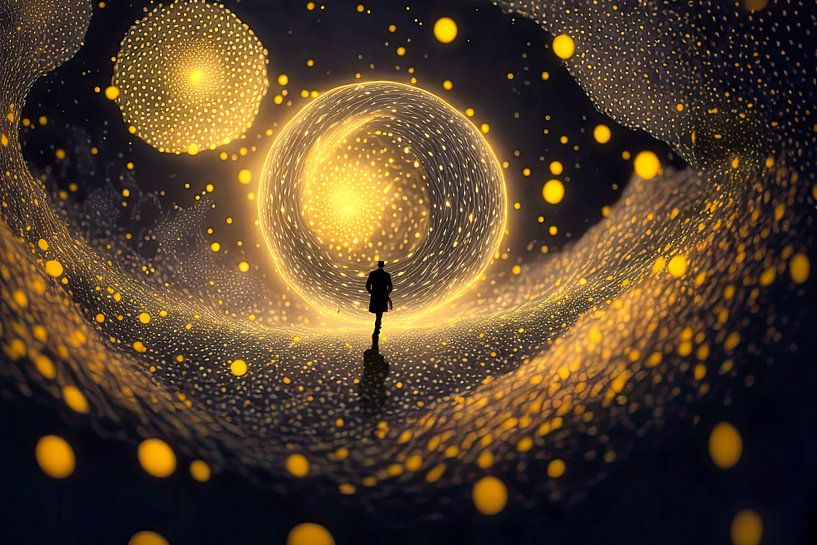The rise of Web3 technologies like NFTs has shaken up the art world. Platforms running on blockchain promise artists more control and direct access to a global market. Despite the benefits of transparency, ownership, and continuous royalties via smart contracts, the gap between the traditional Web2 art world and the emerging Web3 universe remains substantial.
Many Web2 platforms like Fine Art America, RedBubble, and Werk aan de Muur have shied away from NFTs, focusing solely on traditional art sales like prints. These platforms have built strong positions over the years but have yet to explore blockchain integration. While incorporating Web3 technology into their business models could open new doors, these platforms seem hesitant to experiment with NFTs and crypto.
This hesitation is partly due to the reality that the first big NFT hype is over. Both Instagram and Reddit attempted to integrate NFTs, but these experiments have largely been discontinued. The quick “cash grab” approach turned out not to be the right path, and it highlights the necessity of pursuing sustainable blockchain initiatives(BFF: Empowering friends in web3),(Dibbs | Tokenization as a Service).
The Problem with Current Web3 Platforms
Many Web3 platforms focus primarily on fast profits and speculation. Artists upload their work, create NFTs, and hope for quick sales. However, for collectors and art lovers unfamiliar with the crypto world, the process remains complex. Even platforms like Tezos, which offer low gas fees and energy-efficient blockchains, mostly focus on onboarding artists. What’s missing is a broader integration of blockchain that makes it accessible for both artists and collectors(Tezos)(Blockchain Magazine).
Additionally, many Web3 platforms struggle with technical complexity and a lack of trust from the mainstream art world. The jargon around crypto and NFTs can be intimidating, and requiring a crypto wallet remains a significant barrier for many potential buyers. We’ve seen this with examples like Reddit’s Collectible Avatars and Instagram’s brief NFT venture(BFF: Empowering friends in web3).
Time for a Bridge: Combining the Best of Web2 and Web3
The solution may lie in combining the proven benefits of Web2 platforms with the technological possibilities of Web3. Web2 platforms like Fine Art America and RedBubble could capitalize on the transparency, ownership, and automated revenue streams that blockchain technology offers. By integrating these Web3 tools into their existing ecosystems, these platforms could enrich their offerings and create new, sustainable market opportunities.
This is where platforms like Vitruveo come in. Vitruveo positions itself as a “blockchain of artists,” aiming to create a sustainable income source for creators. Instead of focusing on quick wins through NFT sales, Vitruveo provides a platform where artists can thrive in the long term, leveraging transparency and control over their works. By combining Web3 technology with a broader focus on art, Vitruveo hopes to bridge the gap between the traditional art world and the new digital economy(Blockchain Magazine)(Dibbs | Tokenization as a Service).
Conclusion: A Sustainable Future for Art
Although the initial wave of NFT hype has passed, the potential of blockchain technology for the art world remains immense. Platforms like Vitruveo show that it’s possible to use Web3 technology to enrich the art world without relying on short-term speculation. If traditional Web2 platforms take this step and embrace the benefits of blockchain, the gap between the traditional and digital art world could finally be bridged. Artists, collectors, and enthusiasts alike could all benefit from a more transparent, fair, and sustainable art market.
It’s time for the art world to prepare for a future where Web2 and Web3 converge, and platforms like Vitruveo offer a clear path forward.
